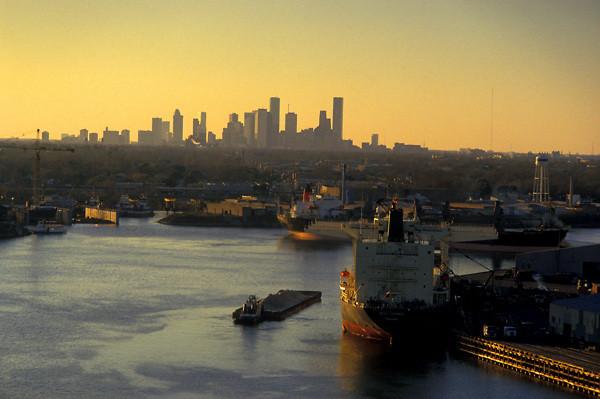
RIO DE JANEIRO (Thomson Reuters Foundation) -
Endangered indigenous tribes are increasingly facing threats from miners
in the Amazon rainforest amid budget cuts to the Brazilian government
agency responsible for protecting them, local officials and activists
say.
A federal prosecutor in Brazil’s Amazonas
state has launched an investigation into a reported massacre of at least
10 members of an “uncontacted” tribe by gold miners in a remote area
along the Jandiatuba river, close to Peru’s border.
A
unit of the indigenous affairs agency, Funai, was recently closed,
leaving indigenous lands exposed to invaders, activists say.
“There
is an ongoing inquiry into the case but I cannot speak about its
content in order to not prejudice the investigation,” federal prosecutor
Pablo Beltrand told the Thomson Reuters Foundation.
If confirmed, the massacre would be one of the worst such tragedies since the murder of 16 Yanomami indigenous people in 1993.
Funai
officials in Amazonas received an audio clip with miners bragging about
the crime, said Gustavo Souza, acting coordinator of Funai’s
ethno-environmental protection front at Vale do Javari, where the
murders allegedly took place.
Souza said he heard miners in the recording saying there were women and children on the river bank and they shot them.
“In
the audio, one of the miners said ‘you know, I do not mistake a shot’,”
Souza told the Thomson Reuters Foundation. He also saw a picture of a
hand-crafted paddle that reportedly belonged to the indigenous tribe.
The
number of invasions in indigenous lands in Vale do Javari has been
increasing amid budget cuts - part of austerity measures aimed at
lifting Brazil out of its worst recession in decades.
“With budget cuts this year, there was a reduction of Funai’s team in the area by half,” Souza said.
Although Vale do Javari is one of the largest indigenous reserves in the country, it is patrolled by just 10 Funai officials.
The officials attempt to monitor an area of 85,000 sq km, home to largest number of uncontacted indigenous worldwide.
“Indigenous lands are at risk amid increasing invasions and we’re afraid that it’ll get worse from now on,” Souza said.
Carla
de Lello Lorenzi, spokeswoman at indigenous rights group Survival
International, said the cuts put indigenous lives at risk.
“These
tribes are completely vulnerable. If miners and loggers get into their
land, they are very vulnerable to violence and diseases,” Lorenzi said.
Editing
by Ros Russell.; Please credit the Thomson Reuters Foundation, the
charitable arm of Thomson Reuters, that covers humanitarian news,
women's rights, trafficking, property rights, climate change and
resilience. Visit news.trust.org



